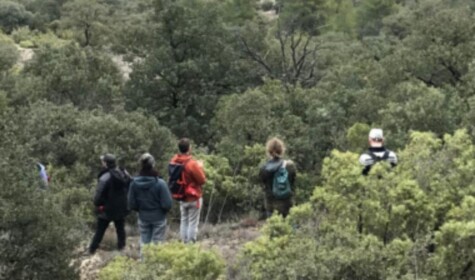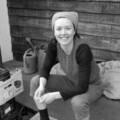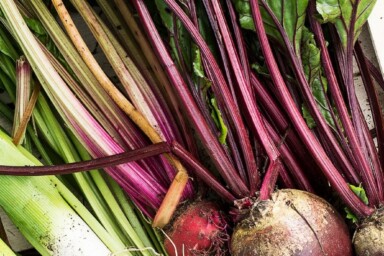Rain drums on the roof of the bunkhouse at Camp Altiplano, a five-hectare ecosystem restoration project in the high plains of Murcía in south-eastern Spain. A group of mud-soaked volunteers huddle round the stove, cold red hands outstretched. They are back from an afternoon planting tree saplings of oak, juniper and pine. With heavy cloud overhead, the solar powered showers are out of bounds, but the wet March weather is something to celebrate explains Camp Coordinator, Silvia Quarta. ‘This is the first rainfall we’ve seen since November,’ she says. Every drop is precious: not only will it nurture the newly planted trees, but as much as possible will be collected and stored to be used in the coming dry months of late spring and summer.
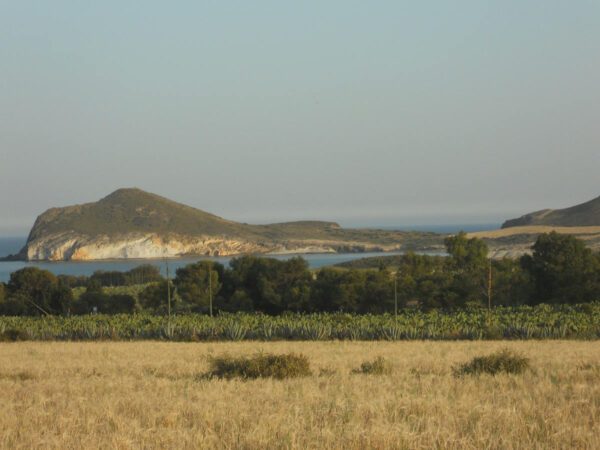
Water access is a permanent challenge on these semi-arid plains. The average rainfall per year is just 300 mm, around half that of the national average. The conditions of water scarcity will continue to be exacerbated as the climate changes: Spain’s temperatures have increased by 1.3% in the last 60 years and continued rising temperatures will bring with them reduced precipitation and a greater expanse of arid land.
Climate change isn’t the only factor creating conditions of desertification, however. It’s also a matter of changing farming practices, explains Elvira Marín, Coordinator for AlVelAl, an association of farmers and producers advocating and practicing regenerative agriculture in the area. With global demand for almonds rising, there’s been a massive expansion in production. ‘An area that once had a diversity of cereals and fruit production is becoming a desert of almonds,’ says Marín. ‘Highly industrialised practices such as extensive ploughing are creating soil erosion, the loss of fertile soil and a reduction in biodiversity.’
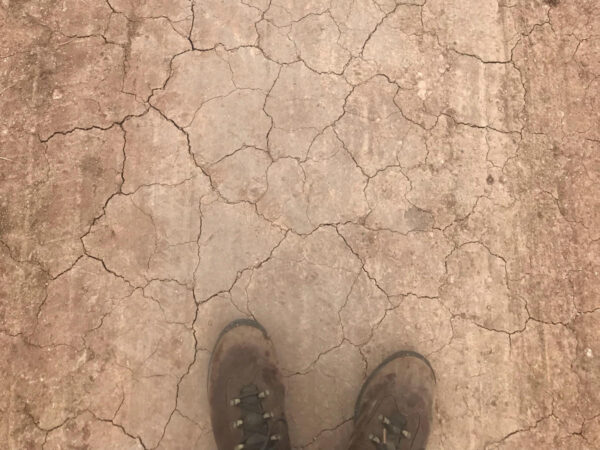
Megafarms are encroaching from the coast, moreover, where abundant vegetable production has earned Murcía and Almería the nickname ‘la huerta de Europa’ (the market garden of Europe). In the dry interior, however, intensive agriculture is now threatening to create a dust bowl, draining the region’s aquifers and destroying its soil. ‘We’re seeing an increasing production of broccoli and lettuce, crops irrigated with groundwater and often exported to the north of Europe,’ Quarta explains. It’s ironic, ‘We are basically selling water: taking it out of water-scarce regions and selling it to water-rich ones.’
These developments are an unequivocal threat, says Marín, ‘but what we want to do is propose alternatives’. AlVelAl, which is supported by the Dutch foundation Commonland, now has 400 members in the region. The association advocates for composting techniques, water harvesting, use of ground cover and ‘the integration of animal husbandry and agriculture’ where possible, in addition to ecosystem restoration projects for non-cultivated areas of land. There’s no such thing as a perfect AlVelAl farm, however. ‘What’s important is the initial path,’ explains Marín, with different farms working to implement regenerative farming practices to varying degrees.
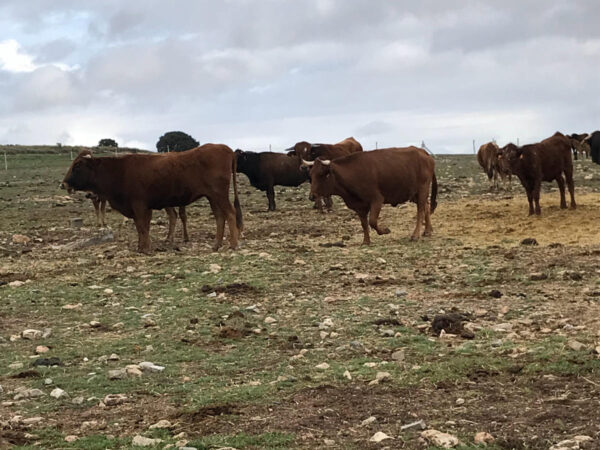
Alfonso Chico de Guzmán, owner of 1000-hectare farm La Junquera, is one member of the association on that journey. He sees his farm moving from a conventional organic operation to a regenerative project – where the aim is to actively improve the dynamism of the ecosystem within which the farm operates – in a gradual process. ‘Little by little, we’re experimenting with new ways of adding complexity to the system,’ explains Chico de Guzmán. While the soil is still tilled, ground cover is left throughout the winter. The farm’s almond trees are intercropped with aromatics such as oregano and Spanish lavender. In addition, to facilitate habitats for local wildlife, a tree planting operation seeks to expand the existing nature areas on the land, and some fields have been left fallow to provide nesting sites for kestrels.
‘Most experiments fail,’ says Chico de Guzmán. But some really work. The creation of swales and ponds has completely changed the conditions of the farm. The average annual soil erosion rate for the area is around 20 tonnes per hectare. In the most affected plot at La Junquera, the erosion rate was double that. After digging swales – channels dug into the landscape along contour lines to intercept water flows and redistribute them – and planting them with aromatic herbs, the erosion has almost completely stopped. At Camp Altiplano, which sits on Chico de Guzmán’s land, Quarta is also experimenting with using keyline technique to catch and distribute water.
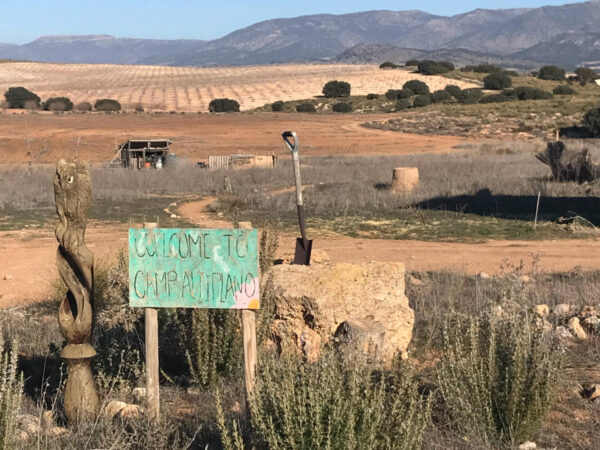
Chico de Gúzman is keen to recover some of the historical diversity of the region’s agriculture. He keeps a small herd of autochthonous Murciano-Levantina cattle. Prior to the use of tractors, the breed was used for heavy farm work across the whole region. They were bred so that their horns faced downwards and wouldn’t get caught in the citrus trees grown across south-eastern Spain. The twenty or so individuals at La Junquera are among the last of the breed in existence. Now the farm is collaborating with the University of Murcía on their germplasm bank project – an archive of sperm and ovum that could be used for future breeding – aimed at preventing the extinction of the Murciano-Levantina breed.
For other members of AlVelAl, different environmental conditions bring distinctive challenges. Los Gorros is an organic plum farm in the mountains above the town of Moratalla, hidden in a dense forest of pine trees. The area forms part of the European Commission’s Natura 2000, a network of sites protected for biodiversity. Owner Guillermo de Rueda doesn’t lose sleep over water but fears of a devastating forest fire are high. Wildfires are a common occurrence across Spain during the summer months and research has shown that rising temperatures combined with rural depopulation and the abandonment of agricultural land have led to an increase over recent decades. The last serious fire here was in 1994, razing vast swathes of the forest and requiring many years of work to regenerate the area.
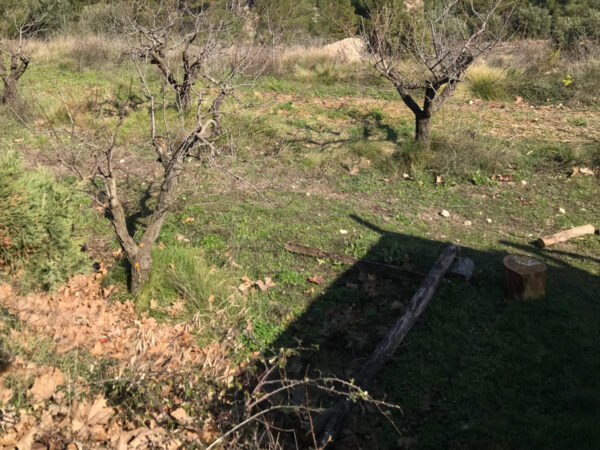
It is only a matter of time before another fire occurs, de Rueda believes. To limit the damage when it does, he is thinning the forest floor: cutting down young trees and shrubs that could act as kindling to a wildfire. In the past, such work wouldn’t have been necessary. Herds of sheep acted as natural firefighters, grazing on the shrubbery as they moved. The old transhumance paths – migratory livestock routes once used by drovers all over Spain across mountains and plains – are now disused by shepherds. The task left to de Rueda is a mammoth one, but while there’s a lack of support for this work from public authorities – ‘the local government only cares about the coast,’ he explains, frustrated – he can take strength from the community and purpose offered by AlVelAl.
In a global system of intensive industrial agriculture that has swept away diverse farming methods, and in the particularly harsh circumstances of southern Spain – where depopulation and desertification are twin barriers to a vibrant rural community – defeatism would be understandable. But in rural Murcía, Almería and Granada, AlVelAl and the growing group of dynamic farms it represents are turning that adversity into strength and building something beautiful: a patchwork of oases in the desert. With time, that patchwork may weave into a strong fabric, filling millions of acres of soils and mountains with rich and diverse life.
Photographs: Hester van Hensbergen
